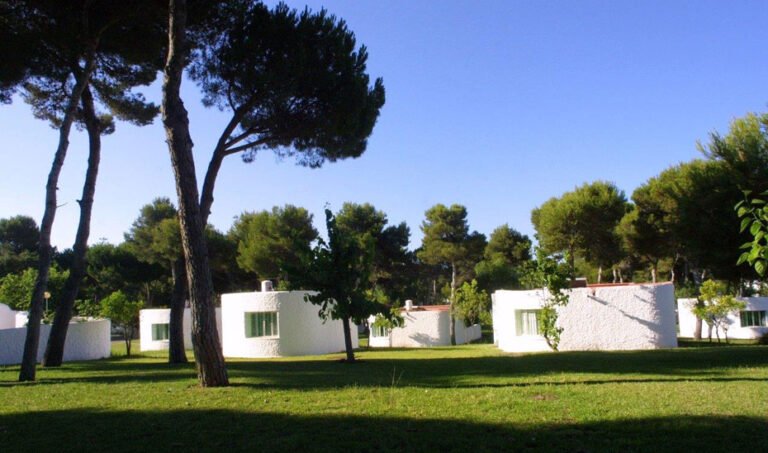
The Emasesa counselor and Urban Planning delegate of the City Council of Seville, Juan de la Rosa, and the CEO of the public water company, Manuel Romero, presented today at the GAESCO Forum the draft of the future desalination plant. This initiative will allow maintaining the supply even in the worst scenarios thanks to the water from the Guadalquivir estuary.
With a budget of 60 million euros and a 2-year execution period, this future infrastructure consists of capturing water in the Guadalquivir estuary, downstream of the Alcalá del Río dam. From that point, the water will be pumped to the Gergal-Carambolo conduit and will be conducted to the Carambolo Drinking Water Treatment Plant (ETAP), where it will be treated in an advanced treatment plant with reverse osmosis membranes and nanofiltration.
De la Rosa stated that this initiative «will provide Seville and its metropolitan area with a new source of water supply alternative to traditional reservoir resources, extending stocks and ensuring supply even in the worst scenarios.»
In this regard, the councilor recalled that Seville has been in a State of Climate Emergency since July 2019 and that the impact of climate change is causing droughts to become increasingly intense and lasting.
In this respect, De la Rosa pointed out that «our responsibility is to guarantee the supply to avoid the social and economic damages that a cut can cause and, of course, to watch over future generations, as predictions point to worrying temperature increases and significant decreases in precipitation and contributions to the Guadalquivir basin. We have to be prepared and we have to do it now, so institutional collaboration is essential.»
For his part, the CEO of the public water company, Manuel Romero, highlighted that «the project maximizes the use of existing infrastructure, such as the reuse of disused tanks, and minimizes the required space and initial investment, facilitating compliance with future regulatory requirements and the ability to adapt to changes in water input conditions.»
In this vein, Romero added that «this treatment model stands out for its ability to offer a sustainable and resilient solution, ensuring technical, economic, and environmental viability in the face of climate change scenarios. With this, Emasesa demonstrates its commitment to innovation and continuous improvement in water resources management, ensuring a high-quality service for users and contributing to the sustainable development of the region.»
Climate Change and Supply Security
According to the SICMA Viewer of the Andalusian Government and the DHG 2022-2027 Hydrological Plan, a 5% increase in temperature and a 9% decrease in daily average precipitation are expected by 2040. These and other factors could result in a 10% reduction in contributions to the Guadalquivir basin.
In the face of this scenario, the implementation of an advanced water treatment plant with membranes contributes to ensuring the continuity and quality of water supply and strengthens the resilience of the water system against variations in the availability of traditional water resources, allowing for a mix of reservoir and estuary resources.
Full Support from GAESCO for the Implementation of the Desalination Plant
The GAESCO manager, Juan Aguilera, has expressed full support for the Emasesa project, highlighting that the desalination plant will allow access to water from the Guadalquivir River, «which will not only help mitigate the effects of drought in much of its area of influence but also generate new water resources that will drive territorial development.»
Aguilera believes that the project, with its advanced technology, along with the support of the Administrations, will be able to carry it out successfully and position Seville as a pioneer city in the use of advanced technologies in the comprehensive water cycle.
The Pre-Ozonation Plant that Emasesa is Building is Expected to be in Service in 2026
Emasesa is also involved in the construction of a Pre-Ozonation Plant at the Carambolo Drinking Water Treatment Plant, work on which began earlier this February. This infrastructure will provide additional treatment to ensure water quality in periods of drought, when it decreases due to the lower levels of reservoir reserves.
This pre-ozonation plant, with an investment of 3.5 million euros and a one-year execution period, will allow the installation of high-capacity and latest-generation ozone generators, which will improve the quality of raw water arriving at the Carambolo from the reservoirs during drought periods.
The installation will allow for algae control, inactivation of bacteria, viruses, and protozoa that may be resistant to other disinfection methods, and the removal of compounds that affect the taste and color of water. Additionally, it will generate savings in some stages of the purification process by oxidizing organic and inorganic compounds, reducing the consumption of other reagents.





